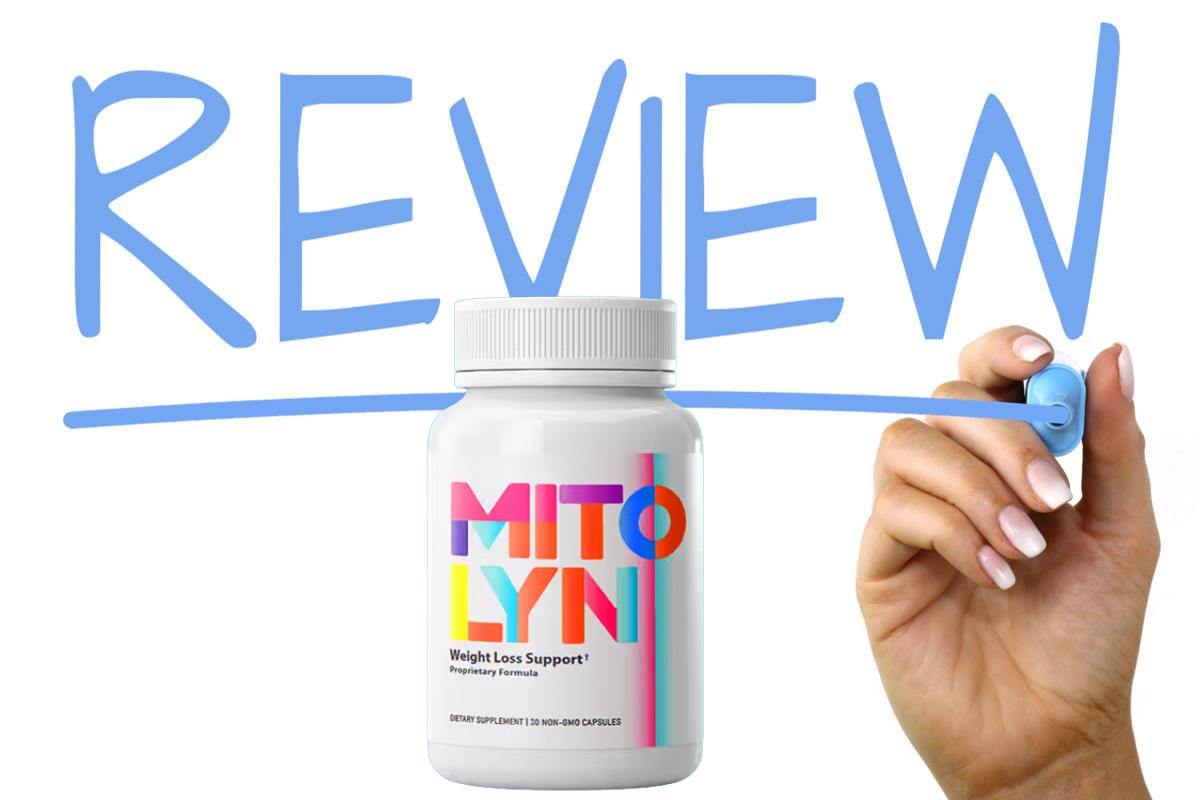Medicare Part B is a key part of the Medicare program that provides coverage for outpatient services, which can be vital for your health needs. It includes everything from doctor visits to preventive care. Understanding how it works and what it covers can greatly impact your healthcare choices and expenses. So, what do you need to know about enrollment, costs, and its importance for seniors? Let’s explore these essential details.
Overview of Medicare Part B
Medicare Part B is a vital component of the Medicare program, providing essential health coverage to millions of Americans. It primarily covers outpatient services, including doctor visits, preventive care, and diagnostic tests.
You’ll find that Part B helps you access necessary treatments, ensuring you receive the care you need without overwhelming expenses. Enrollment typically starts when you turn 65, but you may be eligible earlier if you have certain disabilities.
It’s important to understand that Part B comes with a monthly premium, which can vary based on your income. Additionally, you’ll be responsible for out-of-pocket costs like deductibles and copayments.
Learning the ins and outs of Part B can empower you to make informed decisions about your health care.
Covered Services and Benefits
Understanding the covered services and benefits of Part B is key to maximizing your health care. Part B primarily covers outpatient care, which includes doctor visits, preventive services, and necessary medical supplies.
You’ll benefit from coverage for routine screenings, vaccinations, and mental health services, too. If you need diagnostic tests or outpatient surgeries, Part B has you covered.
Additionally, it pays for some home health care and durable medical equipment, like wheelchairs or oxygen.
By understanding these benefits, you can make informed decisions about your health care needs. Remember, using Part B effectively can help you avoid unexpected costs and guarantee you receive the care you deserve.
Take advantage of what it offers to maintain your well-being.
Enrollment Process and Eligibility
If you’re approaching retirement age or have specific disabilities, steering through the enrollment process for Part B can feel overwhelming.
You’ll generally become eligible when you turn 65, but if you have a qualifying disability, you may qualify sooner. To enroll, you can apply online through the Social Security Administration’s website, by phone, or in-person at your local office.
The initial enrollment period lasts seven months, starting three months before your 65th birthday, including your birthday month, and extending three months afterward. If you miss this window, you can enroll during the general enrollment period from January 1 to March 31 each year.
Make sure to gather necessary documents, like your Social Security number and proof of residency, to streamline your application.
Costs Associated With Medicare Part B
When you enroll in Part B, you’ll face several costs that impact your budget. First, you’ll pay a monthly premium, which varies based on your income. Most people pay a standard amount, but high earners may face higher premiums.
Additionally, there’s an annual deductible you must meet before Medicare starts covering your services. Once you’ve met this deductible, you’ll typically pay 20% of the approved amount for most outpatient services, while Medicare covers the remaining 80%.
Keep in mind that certain services, like preventive care, may have different cost structures. It’s essential to understand these expenses to plan your healthcare budget effectively and avoid unexpected financial strain.
Always review your coverage options and costs to make informed decisions.
How Medicare Part B Works With Other Coverage
Medicare Part B can complement other insurance coverage, guaranteeing you get extensive care without gaps. If you have employer-sponsored insurance or other health plans, Medicare often works alongside them.
When you receive services, your primary insurance pays first, followed by Medicare Part B, which can cover remaining costs. This coordination can help reduce your out-of-pocket expenses.
If you’re covered under a spouse’s plan, it’s essential to understand how coverage overlaps. In some cases, you might delay enrolling in Part B without penalties.
Always inform your providers about your coverage to guarantee proper billing. Evaluating your options can help you maximize benefits and minimize costs, making your healthcare experience smoother and more affordable.
Importance of Medicare Part B for Seniors
Understanding the importance of Medicare Part B can profoundly impact your healthcare choices as you age. This coverage plays an essential role in providing access to important medical services, including doctor visits, outpatient care, and preventive screenings.
By enrolling in Part B, you guarantee you can receive timely care, which can lead to better health outcomes. It also helps safeguard your finances; Medicare Part B covers many services that could otherwise lead to high out-of-pocket costs.
Additionally, having this coverage allows you to choose healthcare providers that accept Medicare, giving you more flexibility in your care options. Overall, Part B is critical for managing your health and maintaining your quality of life as you navigate your senior years.
Conclusion
In summary, Medicare Part B is fundamental for your health coverage, providing access to important outpatient services. By understanding its benefits and costs, you can make informed choices about your healthcare. Enrolling in Part B guarantees you receive necessary medical care without facing overwhelming expenses. Whether you’re managing chronic conditions or seeking preventive care, Medicare Part B plays an essential role in enhancing your quality of life and keeping you healthy as you age.














